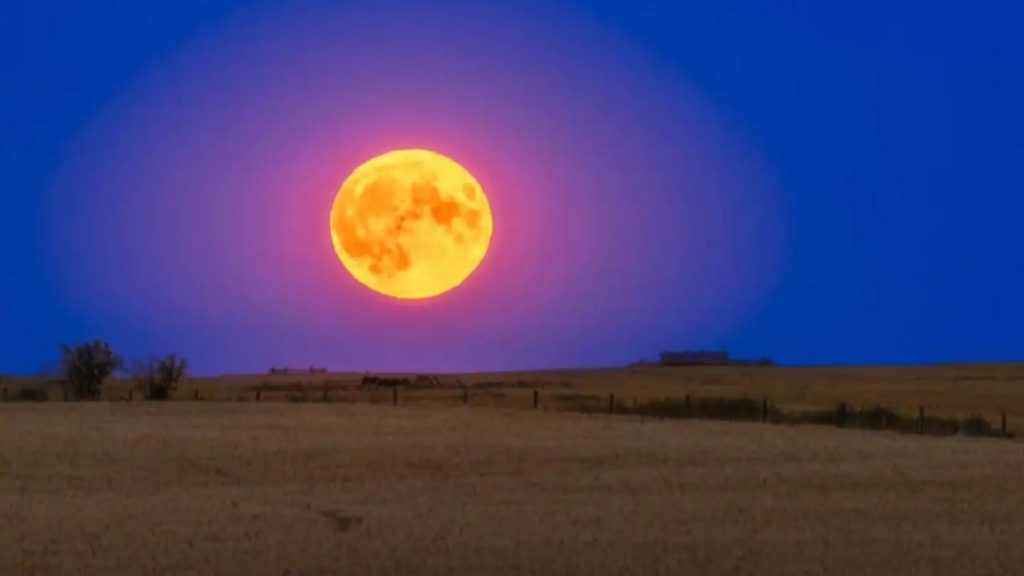
Buck Moon to Light Up Skies on July 10 & 11
The month of July is always a treat for stargazers, with the Buck Moon, also known as the July full moon, set to illuminate the night sky on July 10 and 11. This spectacular celestial event is a treat for all, and with the perfect timing, you can catch a glimpse of the Buck Moon, along with other celestial bodies like Mars, Venus, and Saturn.
Peak Timing and Visibility
According to astronomical calculations, the Buck Moon will peak at 3:08 am IST on July 11 in India and at 4:38 pm EDT on July 10 in the United States. This means that stargazers in the Eastern Hemisphere will have a chance to witness the full moon at a relatively early hour, while those in the Western Hemisphere will get to see it at a more convenient time in the afternoon.
The Story Behind the Buck Moon
The Buck Moon got its name from Native American tribes, specifically the Algonquin, who named the full moon after the time of year when male deer, or bucks, begin growing new antlers. This marks the beginning of the deer’s breeding season, and the full moon serves as a reminder of the changing seasons and the natural world around us.
Celestial Companions
While the Buck Moon is the main attraction, it won’t be alone in the night sky. Mars, Venus, and Saturn will be visible before and after the moon peaks, providing a unique opportunity to observe these celestial bodies alongside the full moon. This alignment of planets and moon is a rare occurrence, making it a special treat for astronomy enthusiasts and casual stargazers alike.
Tips for Viewing the Buck Moon
If you want to make the most of this celestial event, here are a few tips to keep in mind:
- Find a dark location with minimal light pollution to get the best view of the Buck Moon.
- Bring a pair of binoculars or a telescope to get a closer look at the moon and other celestial bodies.
- Be patient and give your eyes some time to adjust to the darkness. It can take up to 20 minutes for your eyes to fully adapt, allowing you to see more details in the night sky.
- Take note of the positions of Mars, Venus, and Saturn, as they will be visible in the night sky before and after the Buck Moon peaks.
Conclusion
The Buck Moon is a spectacular celestial event that is not to be missed. With its peak timing and visibility, you can catch a glimpse of this full moon and observe it alongside other celestial bodies like Mars, Venus, and Saturn. So mark your calendars for July 10 and 11, and get ready to witness the beauty of the Buck Moon in the night sky.
Source:
https://www.newsbytesapp.com/news/science/buck-moon-2025-when-how-to-see-july-s-full-moon/story






